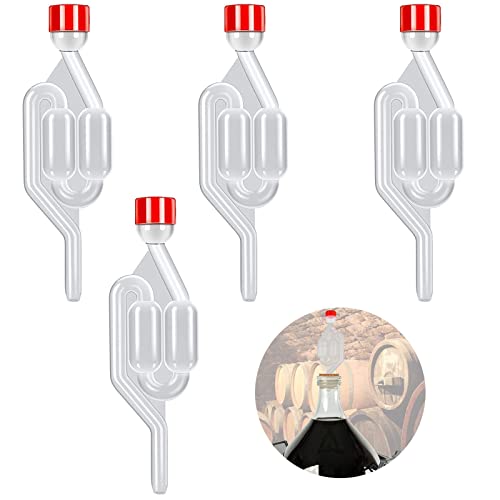Plate chillers are great. Go for the largest one you can. Yes you need to take certain measures around them...make sure you clean them properly and have a filter before the chiller to try to prevent any solid matter getting though. I've never had a plate chiller block on me, but its about making sure its clean and sanitary.
Be careful with the cheaper 'homebrew' style plate chillers - they generally have narrower gap between the plates as they don't expect solid matter to be in the fluid flow as their not originally intended for brewing beer, and also the plates tend to be brazed together so that limits you to the cleaning solutions you can use as some of the more proffessional and harsher cleaning solutions will react with anything that isn't stainless steel.
However I think it's worth it...the improvements to the beer by having the ability to chill in one pass to the fermenter outweigh the hassles. Cleaning isn't as much of a hassle as you might think...what I do is to immediately flush through with water once I've finished transferring then before I start cleaning up the rest of the brewery just set it up on a circulation of Sodim Percarbonate at 60 degrees so that is recirculating while I'm cleaning up the rest of the brewery. Reverse the flow halfway through as the 'turbulator' features in the plates can be directional so like a saw tooth in profile so you can get solid matter getting trapped in the nooks and crannies, so reversing the flow can help dislodge that. I also leave it to soak for a while. I recently did a more aggressive Caustic flush a couple of weeks ago after about 5 uses to make sure the sodium percarbonate was effective, and it demonstrated it was, so think I'll incorporate a caustic flush every 5 or so uses to make sure. Its pretty nasty stuff that caustic so unless you have a way of guaranteeing you're not spilling it or splashing it then best leave alone...I managed to splash a bit on my hand and got a nasty burn, and spilt some on my garage floor and the paint has dissolved off, so you need to be really really careful.
Of course you can get away without one....but each option has its pro's and cons. Personally I want the brew day to be over and done with within one day so don't want it to spill over int the next day or anything so things like no-chill methods don't do it for me. Immersion chillers are a bit inefficient I think and, unless you invest in a decent one, they are slow so impact your beer process control, but are easier. Counterflow are similar to plate chillers really so comes down to your preference and cost I guess.
Chilling is a very important part of the process...if you can chill fast you get far better and more consistent process control and repeatability. Some people don't give two hoots about repeatability, but for me its one of the main goals as I brew a handful of beers regularly and share with friends so want them to be the same from batch to batch.
Each to their own, there are no compulsory rules about any of this so do what you want to do.




























![BREWING THERMOMETER STICKERS ACCURATELY MONITOR FERMENTING BEER & WINE LIQUID TEMPERATURES 5PCS HOME BREW SPIRITS WINE LCD ADHESIVE [US]](https://m.media-amazon.com/images/I/311DDjo2X3L._SL500_.jpg)











